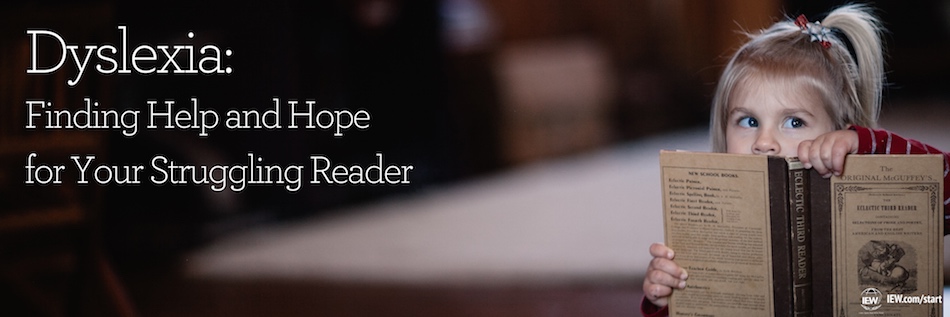
The tear tracks were still visible when I tucked my eight-year-old daughter into bed that night. We had had another painful experience with reading that evening. I knew she was bright; her vocabulary and creativity were readily apparent to all who knew her. It just didn’t translate to her reading at all, and we were both exhausted by it.
That night as I lay in bed, I pondered our situation. She was my third and last child. I had successfully taught her two older brothers to read using a basic curriculum that promised success in less than a year. It worked for them. Why, oh why, didn’t it work for her? Frustrated and fearful, I decided to step away from the curriculum and re-engage with my daughter doing things she enjoyed. And I prayed.
As my daughter rediscovered her smile again by painting, drawing, and spending time outdoors, I continued to pray. I had a friend who was a dyslexia tutor, and after about six months of down time, I took my daughter to her for an assessment. Through that experience I took the beginning steps toward learning a new vocabulary. Working memory, fluency, and Orton-Gillingham were just a few of the words I began to use.
The next year, my daughter and I embarked on an Orton-Gillingham method of reading instruction, but it just didn’t fit well with my daughter’s learning style. Thankfully soon afterward IEW’s Primary Arts of Language program came out. Could this curriculum help? It looked like so much fun, and even though my daughter was older, I took a chance and ordered it. We plunged into the reading section, and my daughter gradually rediscovered her joy in reading. We played games, colored characters, and practiced poetry. And she read! It was so much fun she didn’t want to stop! My daughter is now in high school, but to this day I remember that year as the year when school became fun again.
Since that time, I have continued to learn more and more about dyslexia. I am now a certified dyslexia tutor, and it gives me great joy to help other students of all ages learn to read. If you have a child like my daughter and both of you are struggling, here’s what I recommend: Take a break. Breathe. You likely both need it! After your break, consider looking for a multi-sensory approach to teaching reading and writing. The Primary Arts of Language program may be a choice that reintroduces peace, reduces stress, and reinvigorates your child as he begins to learn to read in a manner that works for him.
Regardless of which program you use, keep in mind that your dyslexic child will need a lot more repetition in order to retain information. Allow him that time. Daily, little by little you will see progress. You are on a journey of a lifetime together. It is a road that, while challenging, will be filled with sweet memories. Looking back now, I can confidently say that my time of teaching my daughter to read is one of the best memories of my homeschooling career. We are much closer today because of it. And my daughter? She is now a confident high school student who capably manages her own school subjects with little direct assistance from me. She hopes someday to work as a biologist researcher for either one of the national parks or a large university. She is happy, capable, and confident, and I have no doubt that she will succeed in her plans.
|
Jennifer Mauser has always loved reading and writing and received a B.A. in English from the University of Kansas in 1991. Once she and her husband had children, they decided to homeschool, and she put all her training to use in the home. In addition to homeschooling her children, Jennifer teaches IEW classes out of her home, coaches budding writers via email, and tutors students who struggle with dyslexia. |

